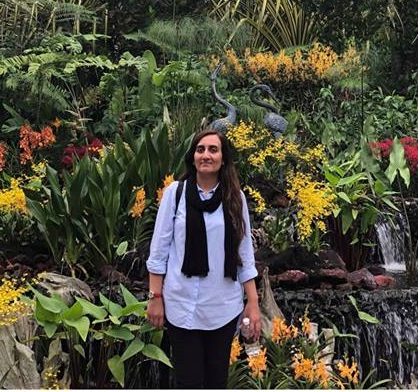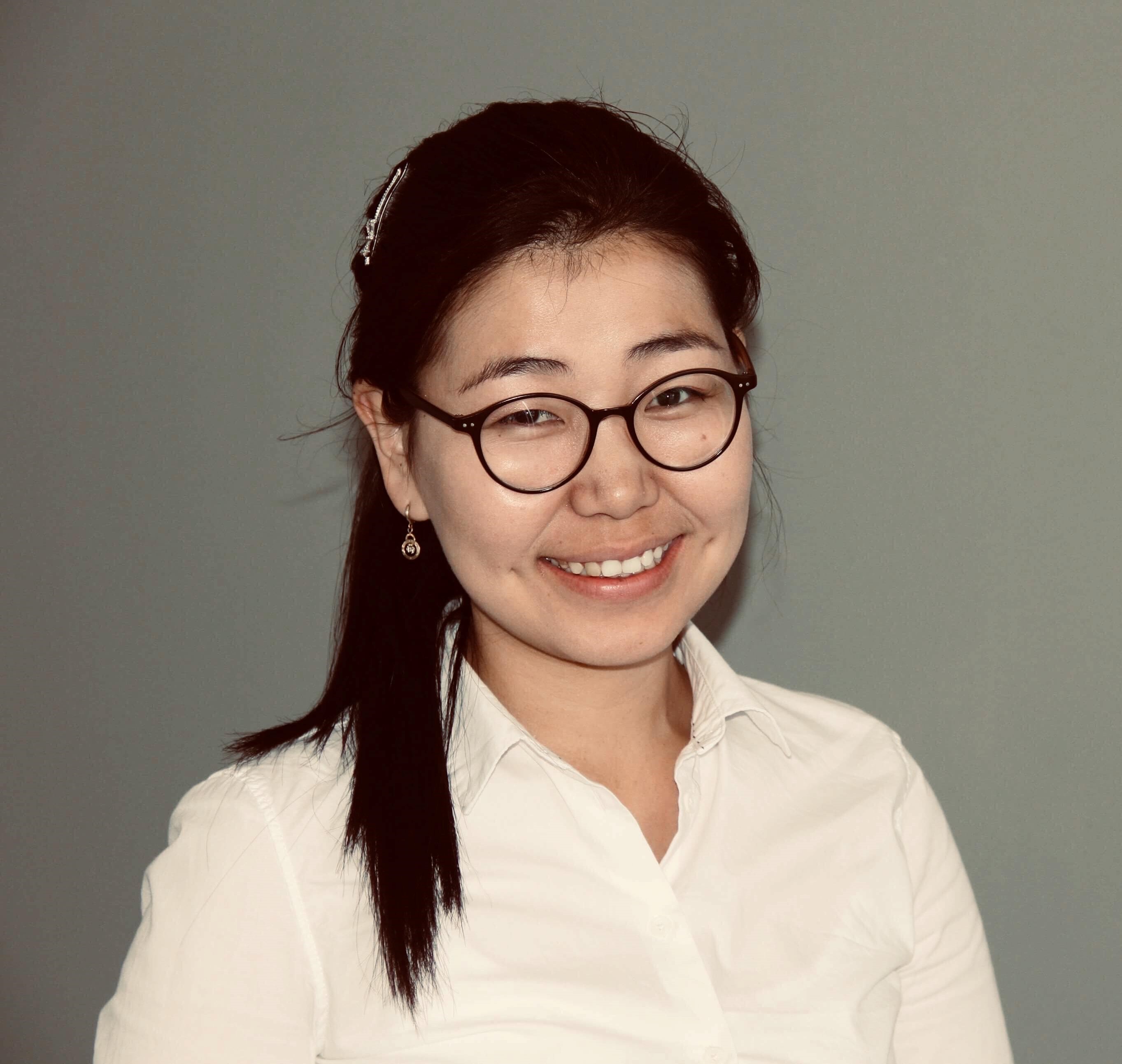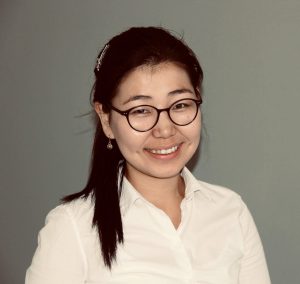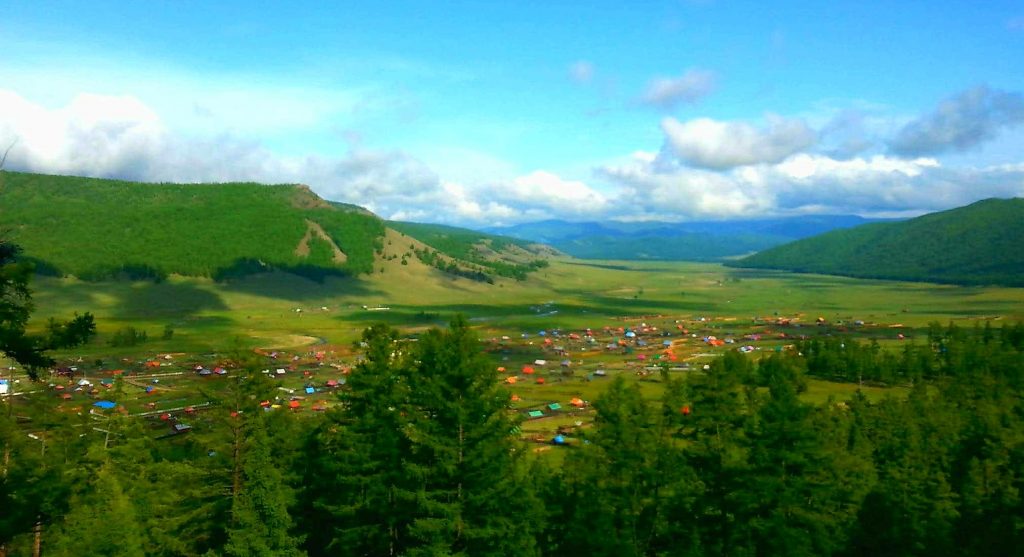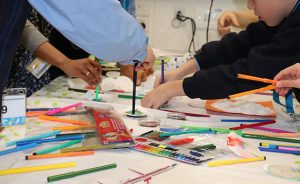By Zahra Tajbakhsh 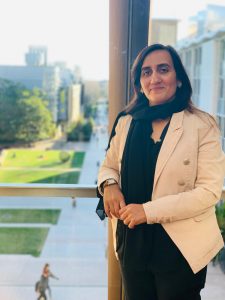
Microbiologist Mahjabeen Khan first became interested in bacteria when she realised these unseen organisms caused so much illness in the world. Her interests led her to a degree in microbiology at Hazara University, Pakistan then a job in poultry research organization where she explored how the bacteria Pseudomonas aeruginosa caused disease in chickens and finally, a PhD in School of Optometry and Vision Science exploring the same bacteria P. aeruginosa which could also cause eye infections in humans. When not researching, Mahjabeen can be found taking photos of flowers or curled up with a good book.
You are currently doing a PhD. What does your project focus on?
My PhD investigates how bacteria infect the human eye and how it can be treated. This is important as bacteria are the most common cause of eye infections in people who wear contact lens (and even those who don’t wear contact lens). By understanding these bacteria, we can ways to treat bacterial eye infections with current antibiotics.
What led you to choosing a career in science?

I remember visiting a doctor as a child and being so impressed at how the doctor understood why a person had become sick and could diagnose disease and prescribe medicine. This influenced me a lot and led me towards an interest in microbiology. As I grew up, I realised that by choosing a career in research, I could start to answer questions still unknown in microbiology.
What is your favourite part of doing research?
The interpretation of my research results is definitely the most interesting thing for me as well as explaining research to others. I really enjoy trying to explain ‘what is what?’ and ‘how is how?’ It not only helps people understand research, but it helps me generate new ideas.
What are you up to when you are not doing research?
I love to read. Yes, I know this is strange considering research involves a lot of reading but away from research, I love to read novels and poetry. I am also a keen photographer and I like to take photos of flowers wherever I go. I recently captured some amazing orchids photos during a trip to Singapore. I also like dress designing. Yes, I have a lot of hobbies!
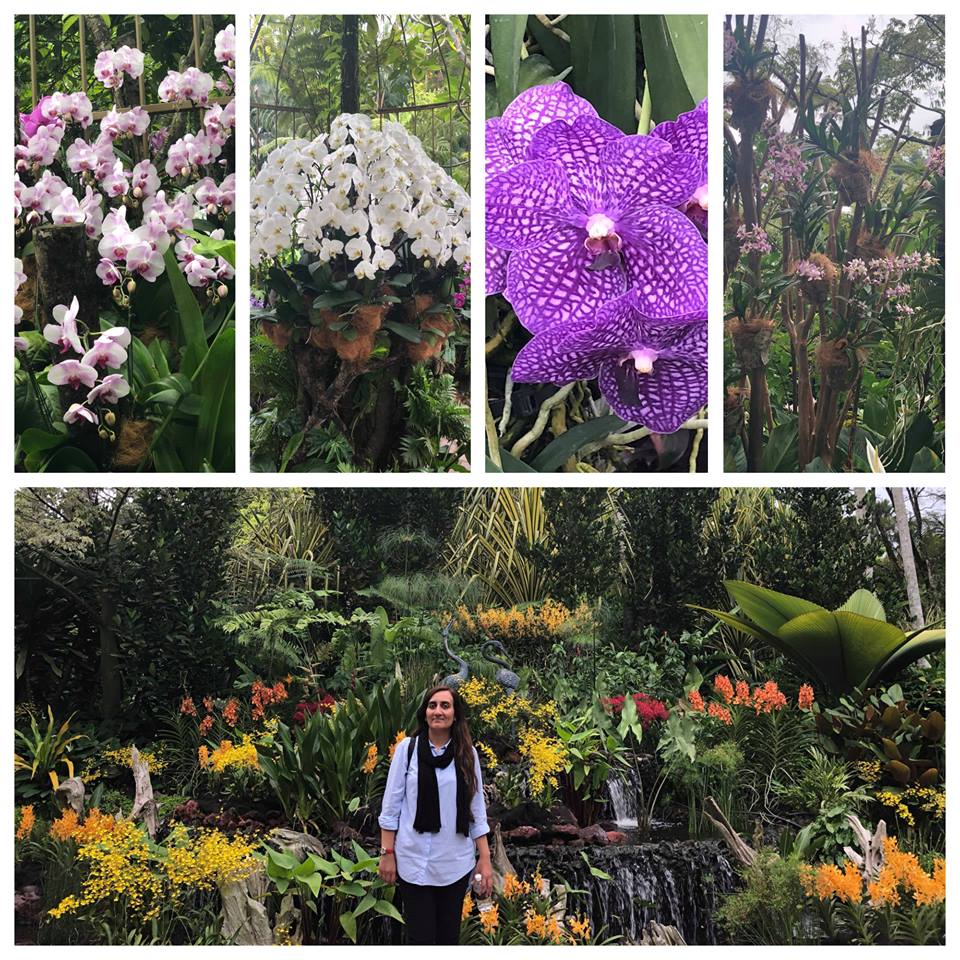
What are your plans after your PhD?
I would like to continue developing better treatment options for eye diseases caused by bacteria, potentially moving more towards industry related research. I very much look forward to travel to other countries towards my journey of discovering best treatment options as a part of career.
What message would you like to spread to those who are interested in science and research?
I think many people feel science and research is complicated, rigid and boring. This is far from true! A career in science and research is an amazing opportunity to have the freedom to think outside the box and use these thoughts to contribute towards a better society. Not only that, scientific researchers themselves are diverse individuals and an amazing community to be part of. If you like capturing photos of flowers too, you will fit right in!
Follow Mahjabeen on Twitter

